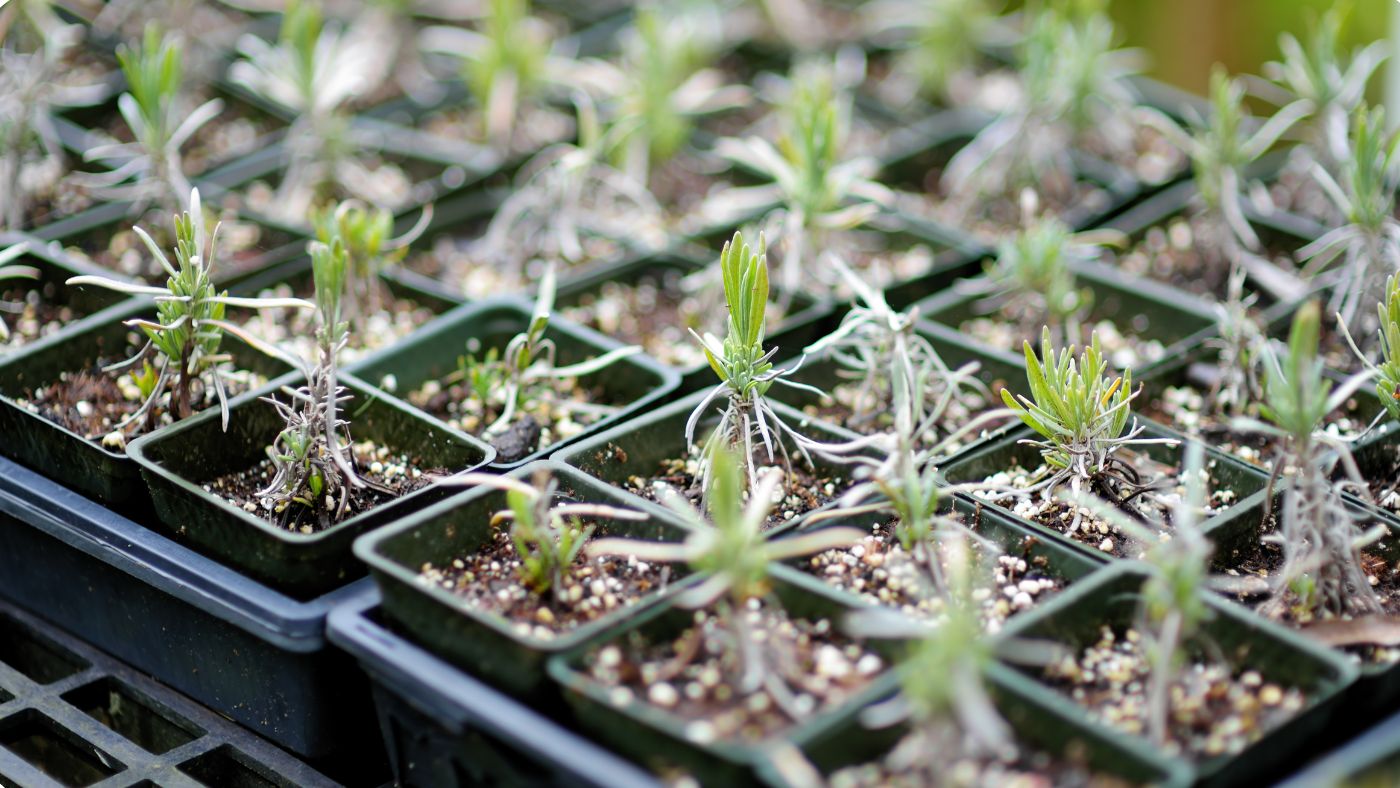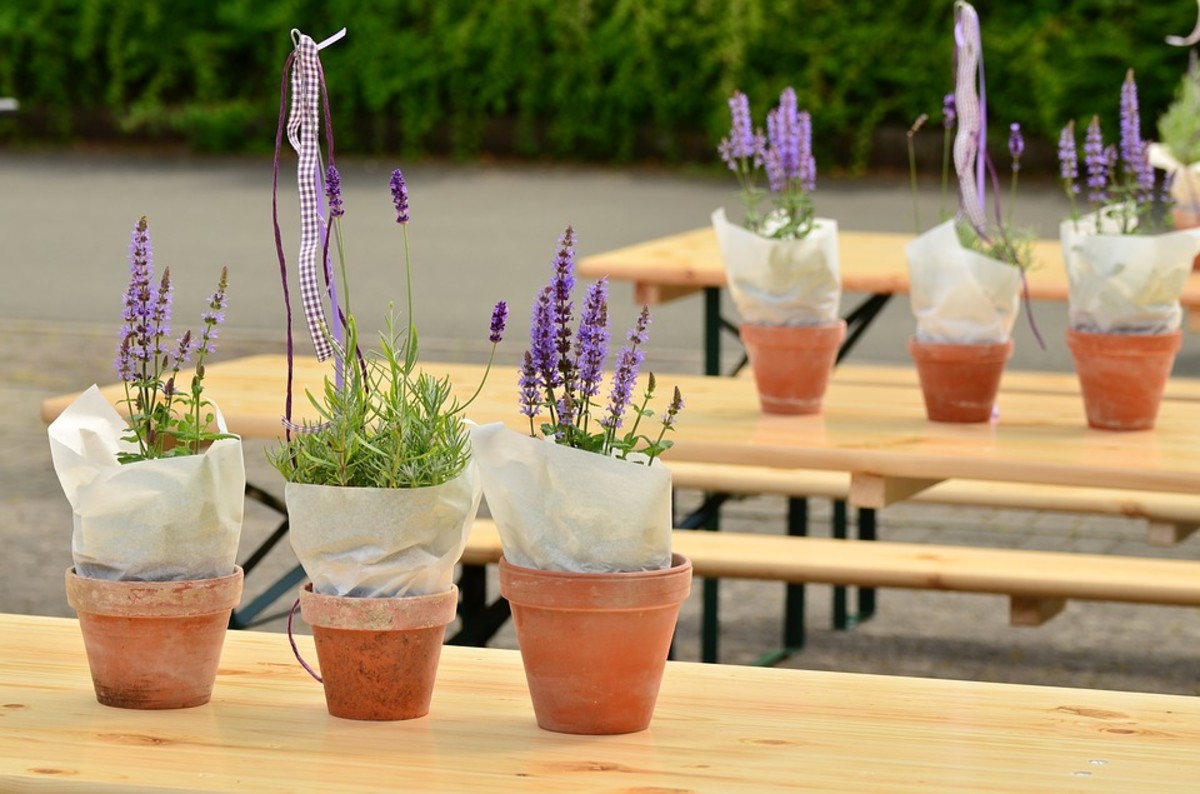Introduction: The Essence of Lavender
Lavender, with its soothing fragrance and delicate purple blossoms, has long been cherished for its calming properties and therapeutic benefits. Cultivating lavender from seed to blossom is not only a rewarding gardening experience but also a journey towards cultivating serenity and tranquility in your life. In this article, we’ll explore the art of growing lavender, from sowing the seeds to nurturing the plants to full bloom, and how this process can bring a sense of peace and serenity into your home and garden.

The Serene Beauty of Lavender
Lavender, known scientifically as Lavandula, is a genus of flowering plants in the mint family, Lamiaceae. Renowned for its fragrant blooms and aromatic foliage, lavender is prized for its versatility in both culinary and therapeutic applications. From its calming scent to its stunning purple flowers, lavender embodies the essence of serenity and relaxation.
Therapeutic Benefits: Lavender has been used for centuries for its therapeutic properties, including its ability to promote relaxation, reduce stress and anxiety, and improve sleep quality. The essential oils extracted from lavender are commonly used in aromatherapy, massage oils, and herbal remedies.
Culinary Uses: In addition to its aromatic qualities, lavender is also valued for its culinary uses. The flowers and leaves can use to flavor a variety of dishes, from baked goods and desserts to savory dishes and beverages. Lavender-infused treats offer a unique and delightful culinary experience.

Sowing the Seeds of Serenity
Growing lavender from seed is a gratifying experience that begins with sowing the seeds and nurturing them through the germination process. Here’s how to get start:
Selecting the Seeds: Choose high-quality lavender seeds from a reputable supplier or nursery. Look for varieties that well-suit to your climate and growing conditions, such as English lavender (Lavandula angustifolia) or French lavender (Lavandula stoechas).
Preparing the Soil: Lavender thrives in well-drained, sandy or loamy soil with a slightly alkaline pH. Amend the soil with organic matter, such as compost or aged manure, to improve drainage and fertility.
Sowing the Seeds: Plant lavender seeds indoors in early spring, approximately 8-10 weeks before the last frost date in your area. Sow the seeds in shallow trays or pots filled with seed-starting mix, and lightly press them into the soil surface.
Germination and Care: Keep the soil consistently moist but not waterlogged, and place the trays in a warm, sunny location or under grow lights. Lavender seeds typically germinate within 2-4 weeks, at which point they can transplant into individual pots or containers.

Nurturing the Lavender Plants
Once the lavender seeds have germinated and the seedlings have established roots, it’s time to transition them to their permanent growing location and provide the care they need to thrive. Here are some essential tips for nurturing lavender plants:
Sunlight and Temperature: Lavender requires full sun to thrive, so choose a planting location that receives at least 6-8 hours of sunlight per day. Ensure good air circulation around the plants to prevent humidity-related issues. Lavender is also drought-tolerant once established and prefers dry, warm conditions.
Watering and Drainage: Water newly planted lavender regularly to keep the soil evenly moist but not waterlogged. Once established, lavender plants require minimal watering, as overwatering can lead to root rot and other issues. Ensure that the soil is well-drained to prevent waterlogging, especially during periods of heavy rainfall.

Pruning and Maintenance: Prune lavender plants regularly to encourage bushy growth and prolong the blooming period. Remove spent flower stalks and trim back leggy or overgrown branches to maintain a compact and tidy appearance. Pruning also helps improve air circulation around the plants and reduces the risk of disease.
Fertilization: Lavender is a relatively low-maintenance plant that doesn’t require heavy fertilization. In fact, too much fertilizer can lead to excessive leaf growth at the expense of flower production. Apply a balanced, slow-release fertilizer sparingly in spring, if necessary, to support healthy growth.
Harvesting and Enjoying the Lavender Blossoms
As your lavender plants mature and reach full bloom, you’ll be reward with a profusion of fragrant blossoms in shades of purple, blue, or white, depending on the variety. Here’s how to harvest and enjoy the lavender blossoms:
Harvesting Timing: Lavender blooms typically peak in mid to late summer, depending on the variety and growing conditions. Harvest the blossoms when they are fully open but before they begin to fade or dry out.
Cutting Techniques: Use sharp scissors or pruning shears to cut the lavender flower stalks just above the leaves. Harvest in the morning when the essential oils are most concentrated for the best fragrance and flavor.
Uses for Lavender Blossoms: Once harvested, lavender blossoms can use in a variety of ways to bring their aromatic charm into your home. Hang bundles of fresh lavender upside down to dry and use them in potpourri, sachets, herbal teas, or culinary recipes. You can also extract the essential oils from the blossoms to use in aromatherapy or homemade skincare products.

Cultivating Serenity Through Lavender
Cultivating lavender from seed to blossom is more than just a gardening endeavor – it’s a journey towards cultivating serenity and tranquility in your life. The process of nurturing lavender plants from tiny seeds to fragrant blossoms is a labor of love that requires patience, care, and mindfulness. Along the way, you’ll reward with the beauty and fragrance of lavender, as well as the therapeutic benefits it offers for mind, body, and soul.
Lavender in the Home: Incorporating lavender into your home environment can enhance feelings of relaxation, calmness, and well-being. Place freshly cut lavender bouquets in vases around your home to enjoy their fragrance and beauty, or diffuse lavender essential oil in
Diffusers and Sprays: Utilize lavender essential oil in diffusers or homemade room sprays to infuse your living space with its soothing aroma. This not only creates a serene atmosphere but also helps to alleviate stress and promote better sleep quality.
Relaxation Rituals: Incorporate lavender into your relaxation rituals to enhance their effectiveness. Add a few drops of lavender essential oil to your bathwater for a luxurious and calming soak, or apply diluted lavender oil to pulse points before bedtime to promote relaxation and restful sleep.
Garden Sanctuary: Transform your outdoor space into a lavender-filled sanctuary where you can escape the stresses of daily life. Plant lavender along garden pathways or in containers near seating areas to enjoy its fragrance and beauty while you unwind outdoors.
DIY Projects: Get creative with lavender by incorporating it into DIY projects and crafts. Make homemade lavender sachets to tuck into drawers or closets for a refreshing scent, or create lavender-infused candles or soap bars for personalized gifts.
